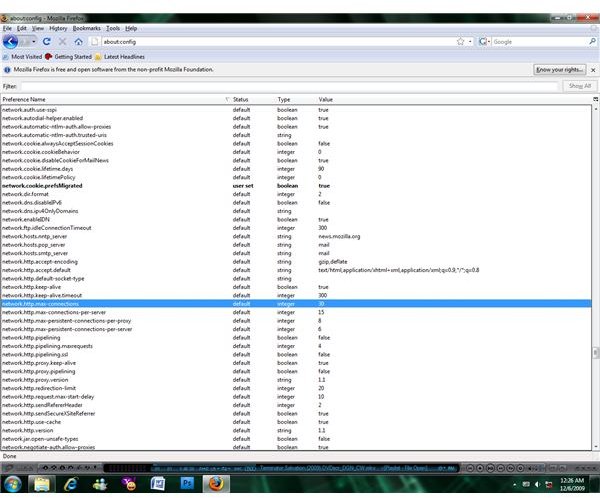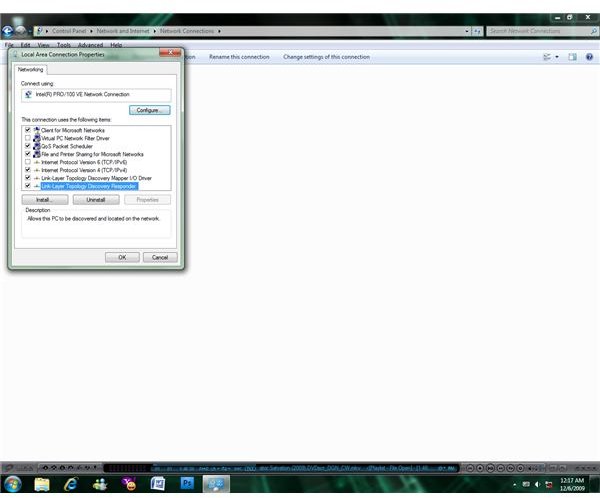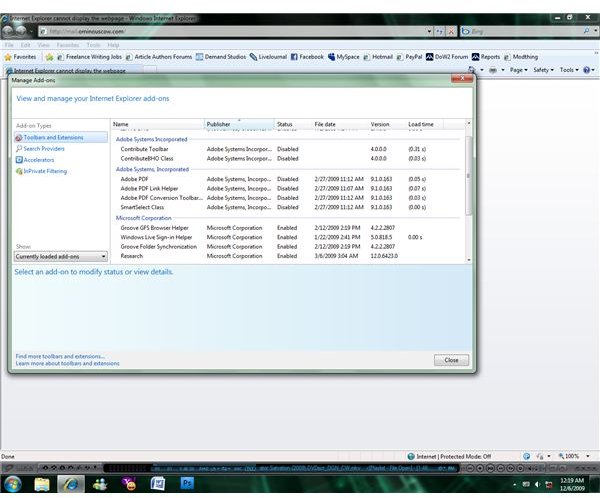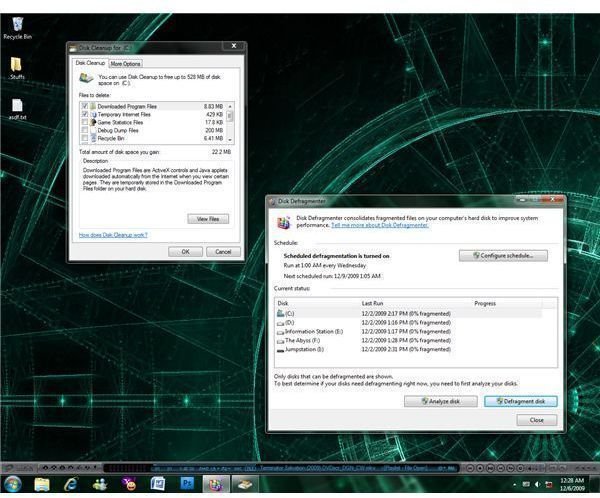Tweak Windows 7 for Faster Internet Speeds
Tweaking Windows 7
The Windows 7 operating system was designed to be user friendly, but that doesn’t mean that it’s optimized for all users. Out of the box Windows 7 is ideal for casual home use and performs well in business settings as well, but power users and those who want to browse the Internet at high speeds may need to make a few adjustments. Tweaking Windows 7 for faster online connections isn’t difficult so long as you know what changes to make. It’s important to keep in mind, however, that the speed of your online access is determined largely by your Internet provider so you will only see improvements within the limits of your home or business Internet connection.
Improving System Speed
One of the first things that you should do when trying to tweak Windows 7 for faster online connections is to make sure that your computer is configured to get the most out of your system. Internet speed is affected by how well your computer is running, and if your processor isn’t able to handle all of the data that it is receiving over the Internet then having a fast connection isn’t going to do you much good. Make sure that your BIOS is set up to enable hyperthreading and multi-channel memory if these options are available on your system, and keep your computer in good working order by undergoing scheduled virus scans, defragmentations, and registry checks. The faster your computer is, the faster it will be able to access the Internet.
Optimize Your Browser

By default, most Internet browsers are set to make only one connection with a server at a time. This can severely hamper your ability to access data on the server quickly, especially since many servers are set up to accept multiple connections from a single host. Adjusting the number of connections to optimize your browsers is a common way to tweak Windows 7 for faster online connections. You can alter this by either changing the configuration using “about:Config” in Firefox and Opera or editing the registry in Internet Explorer.
If changing the configuration, set “network.http.pipelining_”_ to True and change “network.http.pipelining.maxrequests” to 10 or greater; if editing the registry, navigate to “HKEY_CURRENT_USER\Software\Microsoft\Windows\Current Version\Internet Settings” in your registry editor and change “MaxConnectionsPer1_0Server” and “MaxConnectionsPerServer” to 10 or greater. Restart your browser for the change to take effect.
Eliminate Bandwidth Reserves
Microsoft enables bandwidth reserves on its operating systems by default, eliminating up to 20% of your maximum bandwidth on every upload and download. You can disable this reserve in Windows 7 fairly easily. Open the Local Group Policy Editor by typing “gpedit.msc” into the Start menu search and opening the resulting listing. Once the Editor is open, open the “Computer Configuration,” “Administrative Templates,” and “Network” folders, then select the “QoS Packet Scheduler” item. Right-click the “Limit Reserved Bandwidth” option, selecting “Properties” from the context menu. Enable the limit, then change the limit amount to 0 in order to disable any reserves. Reboot Windows 7 to let the change take effect.
Remove Unnecessary Protocols

By default, Windows 7 has a number of different Internet protocols active in order to allow for a greater range of connection options. Unfortunately, not all of these protocols are necessary and may actually interfere with each other on some computers. Removing unnecessary protocols as a means of tweaking Windows 7 for faster online connections is a common practice that may result in slight improvements to your connection speed.
Right-click on your internet or network connection and choose “Properties” from the context menu, then see which network protocols you currently have active. You will need to have a TCP/IP protocol active, but most of the other protocols on the list are optional. Keep in mind that if you have shared files or devices on your network or wish to access the shared items of others then you will have to keep the Client for Microsoft Networks and the fire-sharing protocols active as well. Reboot your computer.
Disable Unnecessary Plugins and Addons

Browser plugins and addons interact with webpages in a variety of ways, and these interactions can take time. While many plugins and addons are initially added because you find them useful, a number of them will not be used very much once they have been installed. Open your browser’s addon manager and see how many plugins and other browser addons you have installed that you rarely if ever use; disable any that are not an essential part of your internet experience. Without as many small applets trying to access the data you receive from a website you’ll find that your Windows 7 internet experience is noticeably faster.
Third-Party Tweaks
There are a number of third-party programs that can help you tweak your internet speeds in Windows 7 as well. Many of these programs will make adjustments to Internet browsing and make other recommendations to increase Internet performance so that you don’t have to make all of your changes by hand. While the majority of these programs are either shareware or must be purchased in order to utilize all of their Internet speed tweaks, trial versions are available that will allow you to use a portion of the program’s features even though you have not purchased it. The ability to tweak Windows 7 for faster online connections is generally one of the features available in the trials..
Periodic Review
Tweaking Windows 7 for faster online connections works best if you periodically check your settings to make sure that they are still optimized. Programs that you install and upgrades to your web browsers may reset or change some of the tweaks you make, so take the time to review your adjustments periodically to ensure optimal browsing speed. Likewise, making additional system upgrades or adjustments to provide more powerful hardware for your computer and checking to see that your current hardware is being used correctly will improve overall system speed and may improve your online connection speed in the process.
Image Credits: Screenshots by J. Edward Casteele
